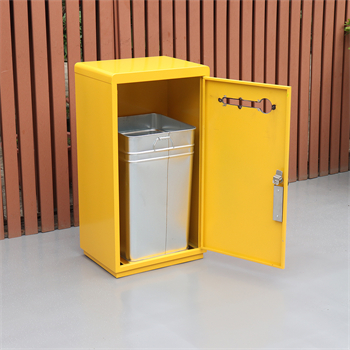Medical waste refers to the direct or indirect infectious, toxic, and other hazardous waste generated by medical institutions in medical treatment, prevention, health care, and other related activities, including infectious, pathological, damaging, pharmaceutical, and chemical properties. waste.
These wastes contain a large number of bacterial viruses, and have certain characteristics of spatial pollution, acute viral infections and latent infections. If management is not strengthened, they are discarded at will, and they are allowed to be mixed with domestic garbage and scattered into people’s living environment, they will be polluted. The atmosphere, water sources, land, animals and plants cause the spread of diseases and seriously endanger people’s physical and mental health.
Today, as the awareness of environmental protection is gradually increasing, protecting the environment is the responsibility and obligation of each of our citizens. Nowadays, there are a variety of technologies available for the treatment of medical waste. Among them, high-temperature incineration can completely guarantee the environmental protection requirements of the stabilization, safety, reduction and harmlessness of medical waste, and at the same time meet the requirements of contemporary medical waste disposal. development trend.


